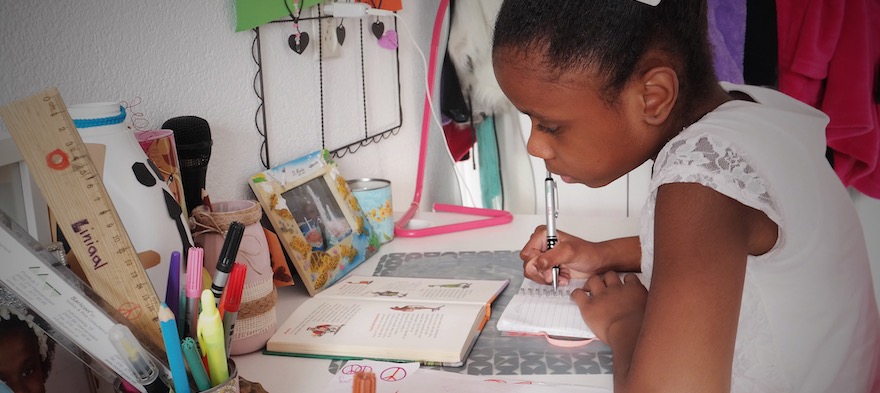
May 2, 2019 12:00:00 AM
Kylie, now an eighth-grader, came to our school in second grade. In her six years with us, she came to think of our school as a safe place where she had beloved friends and inspiring teachers. She grew to become an honor roll student and a three-sport athlete.
But last fall, Kylie’s school trajectory changed abruptly. Our school district is required to act on residency issues and Kylie’s family was unable to prove that they lived in our district. Kylie actually lives out of our district and was sent to her underfunded, underperforming neighborhood school. It was tough for me to see Kylie go simply because she did not live in our neighborhood. And Kylie was not alone. When our district took action, our small school, with an enrollment of just over 400 students, lost nearly 20 students to residency issues.
Kylie’s family, like many others, recognized the disparities between their neighborhood school and other schools nearby. Kylie’s neighborhood school suffers from low test scores and high staff turnover. [pullquote]It is no wonder parents take the risk of sending their children to schools out-of-district.[/pullquote] For many, it may be the only way to give their child a better educational future.
Parents should not have to send their children to an out-of-district school in order to receive a quality education. Research has shown that when school funding reforms put more money into schools and districts,low-income children benefit significantly, both in educational attainment and in life outcomes like higher wages. As a teacher, I can tell you why.
Without adequate funding, schools can’t provide the resources their students need: more staff to reduce student-teacher ratio, more special education and English language teachers to help students who need those services and more sports and arts to challenge students in non-academic activities.
Here in Illinois, thanks to our new school funding formula and new state investment in schools, districts are making big strides toward full funding for all schools. In 2017, 183 Illinois school districts were receiving less than 60% of funds deemed adequate to educate students. Now, two years later, only 14 districts in the state are still funded below the 60% level. That’s real progress.
Illinois—traditionally one of the worst states in the nation for school funding disparities—is on a path to become a national leader in school funding equity. But it’s not happening fast enough for kids like Kylie. When our legislators return from spring break this week, we need to ask them to continue funding this formula so no school is inadequately funded.
Illinois could also reduce the gap in funding sooner with an increase in the funding model from $300 million annually to $450 million annually. As a state, [pullquote]if we really believe in giving all students a quality education, we should take the steps necessary to ensure that no school is underfunded.[/pullquote]
Kylie probably doesn’t realize that it was her neighborhood school’s inadequate funding that led her parents to move her to an out-of-district school. What she does know is that she will have to graduate with a different group of students from the ones she got to know so well during the last six years. She will not be able to learn in the building among her classmates and teachers, and she will have to trade in her blue and gold basketball uniform.
I know that Kylie’s family will help her through this adjustment, and that she will succeed wherever she goes. I just wish that she and her parents didn’t have to choose between a good school and a low-performing one. Kylie and all our students deserve better.
Jonathan Baymon is a seventh and eigth grade social studies teacher at Hillside School in Hillside, a western suburb of Chicago. He is a 2018-19 Teach Plus Illinois Teaching Policy Fellow.
Few issues in education spark more tension and debate than standardized testing. Are they a tool for equity or a burden on students? A necessary check on school systems or a flawed measure of...
Charter schools are public schools with a purpose. Operating independently from traditional school districts, they're tuition-free, open to all students, and publicly funded—but with more flexibility...
Despite the benefits of a diverse teaching force, prospective teachers of color fall out of our leaky preparation pipeline at every stage: preparation, hiring, induction, and retention. Here’s what...
Ed Post is the flagship website platform of brightbeam, a 501(c3) network of education activists and influencers demanding a better education and a brighter future for every child.
© 2020-2025 brightbeam. All rights reserved.
Leave a Comment